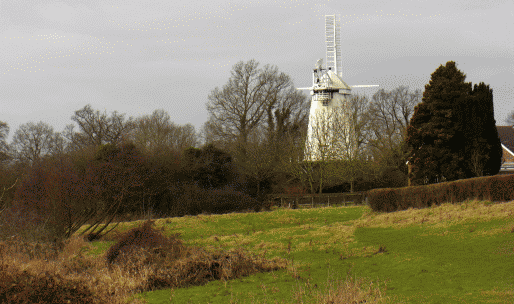 |
| Are we lost in this vast expanse? |
 |
| Slindon House |
 |
| Slindon Catholic church dedicated to Saint Richard of Chichester |
 |
| The 'Nameless Knight' who has a name: Anthony St. Leger |
Lift up your hearts in Gumber, laugh the Weald
And you most ancient Valley of Arun sing.
Here am I homeward from my wandering,
Here am I homeward and my heart is healed.
If I was thirsty, I have heard a spring.
If I was dusty, I have found a field.
 |
| The art of posing is still alive and well! |
After the Gumber picnic the walk resumed down the old Roman Road of Stane Street. In the evening,we sang some folk music in The George (a splendid establishment which has only ever served British beer!).
If you would like to attend future events could you please email me at:





